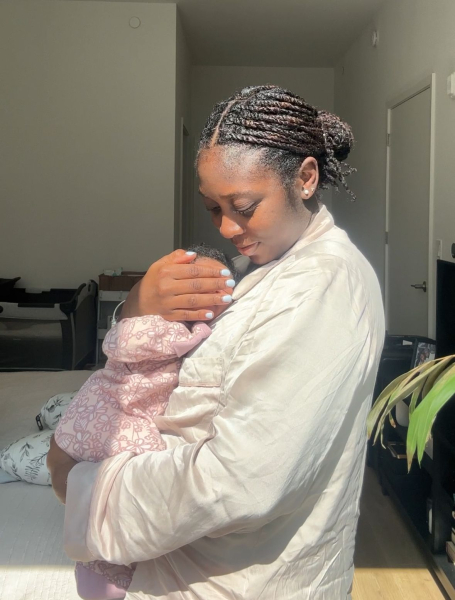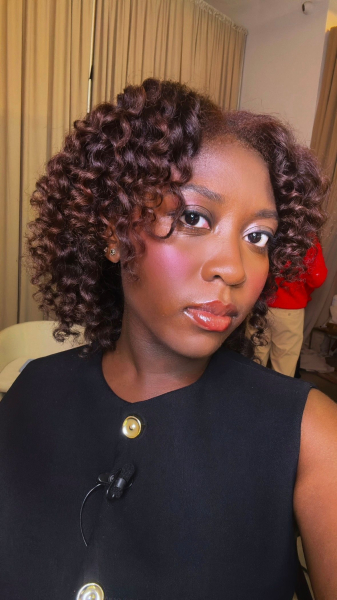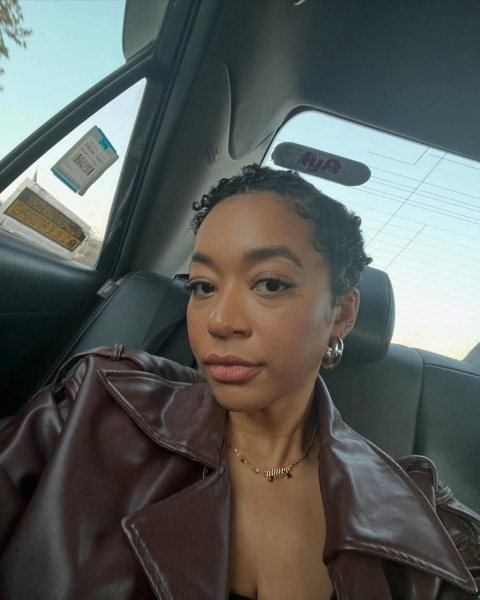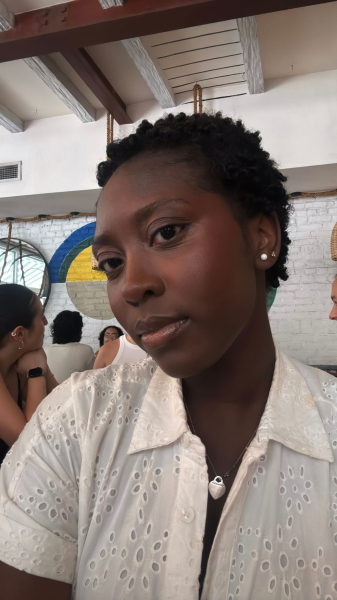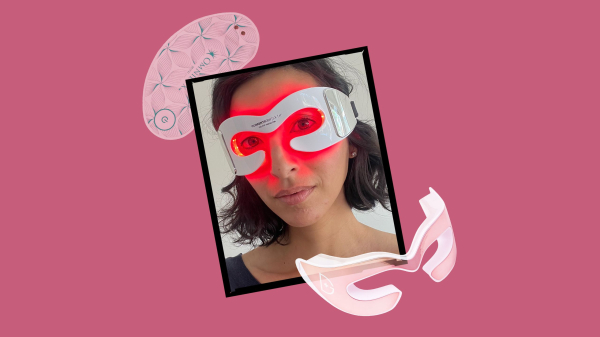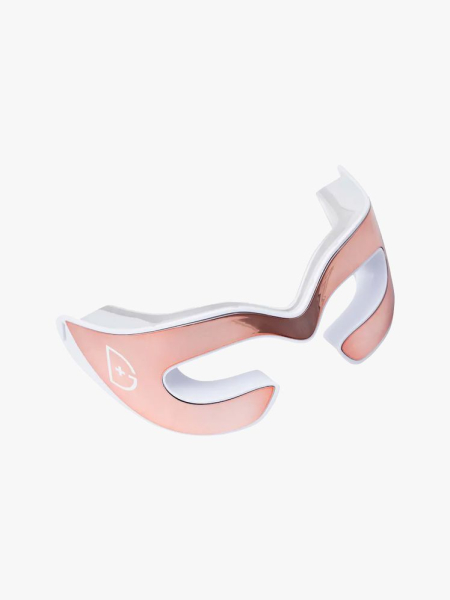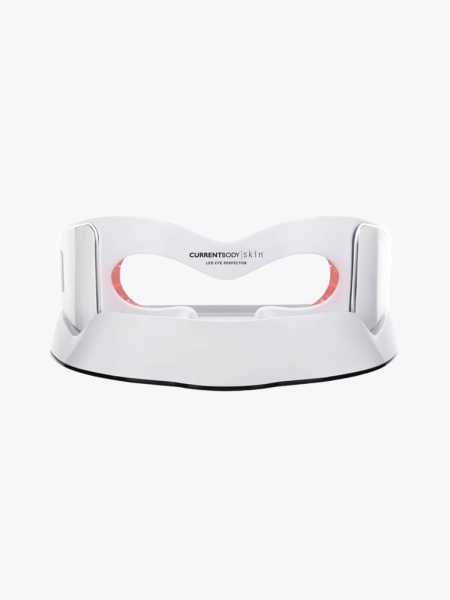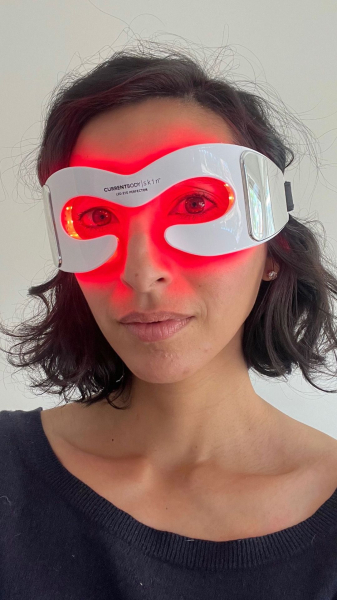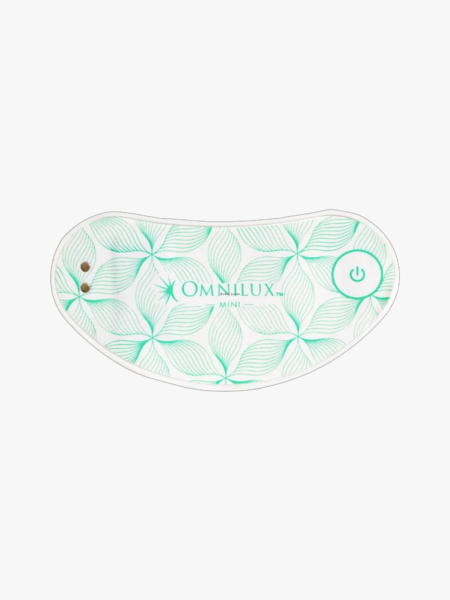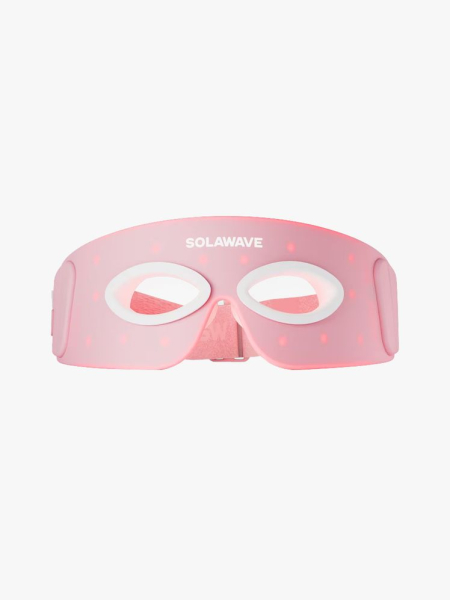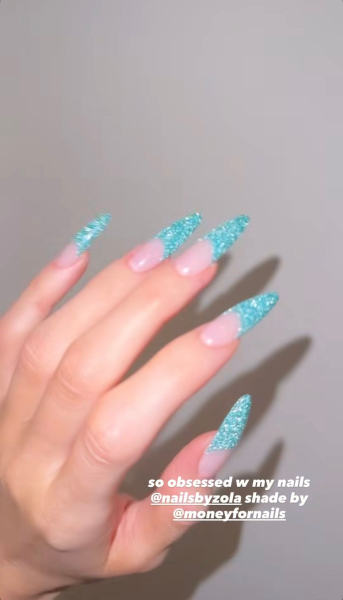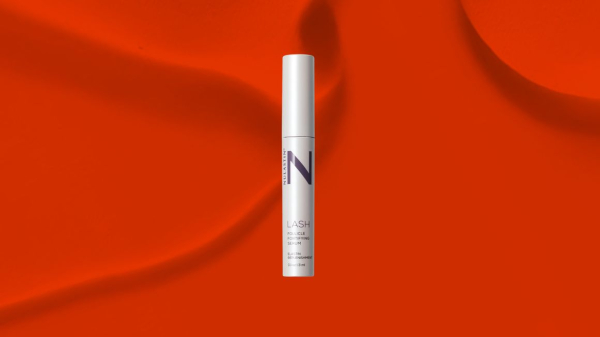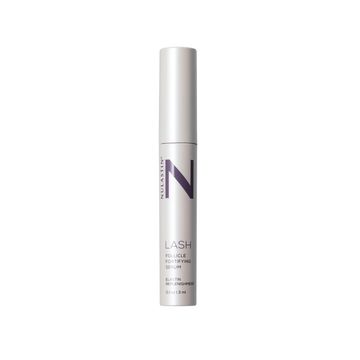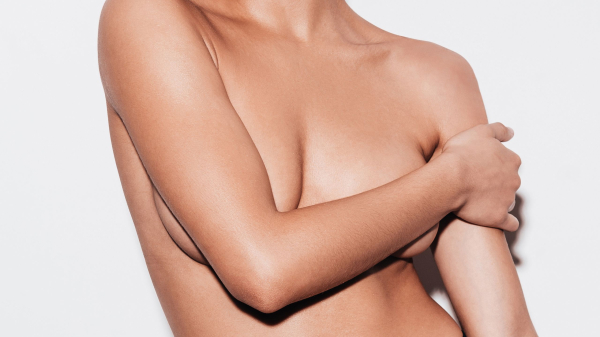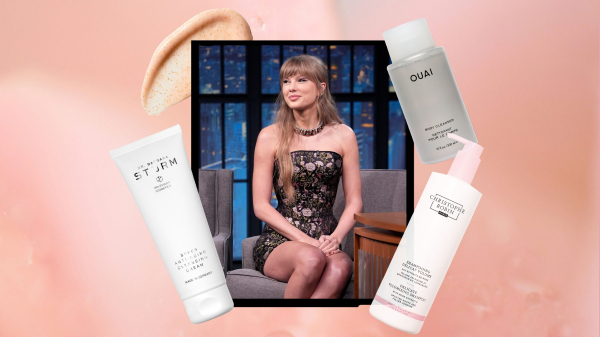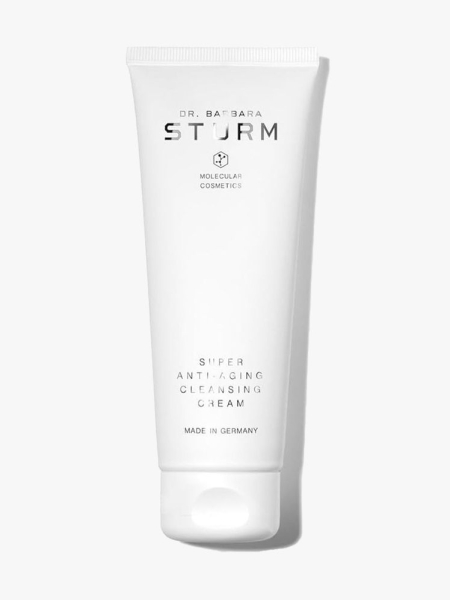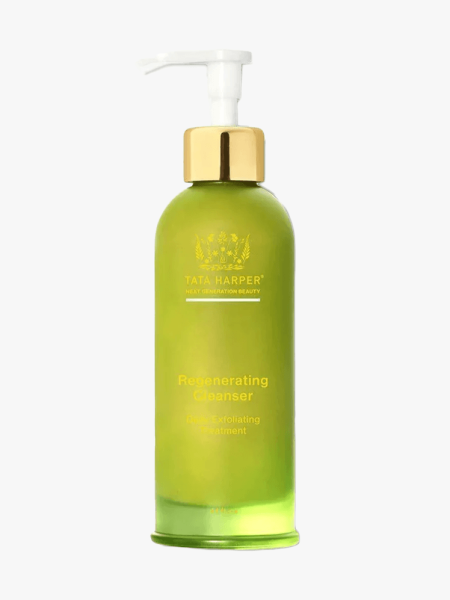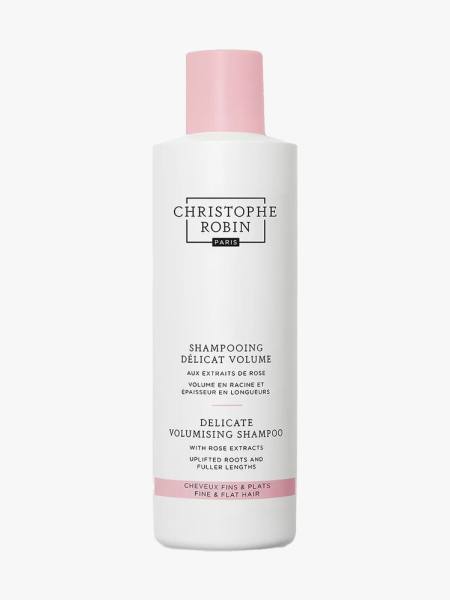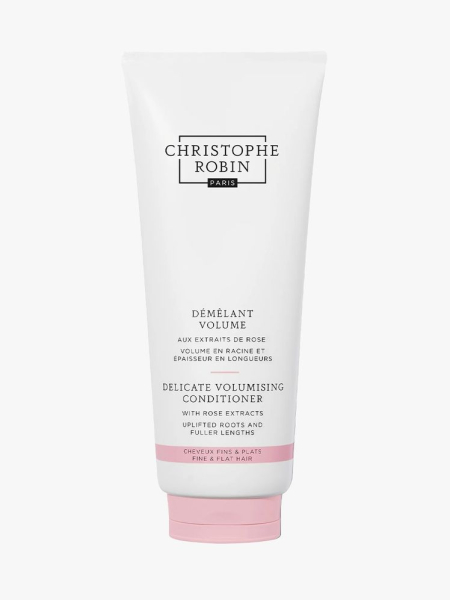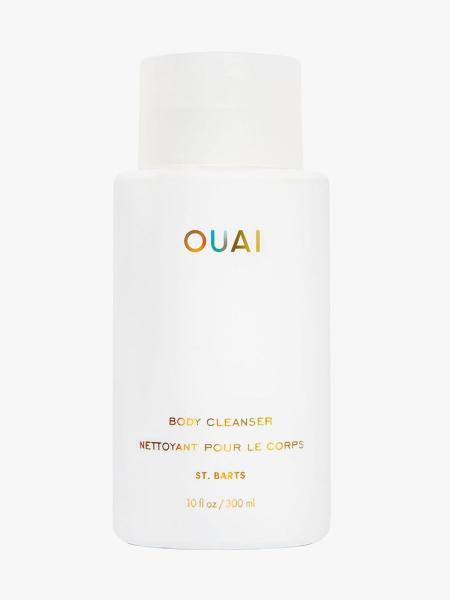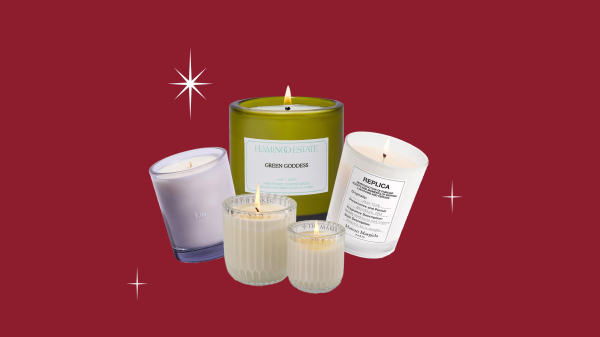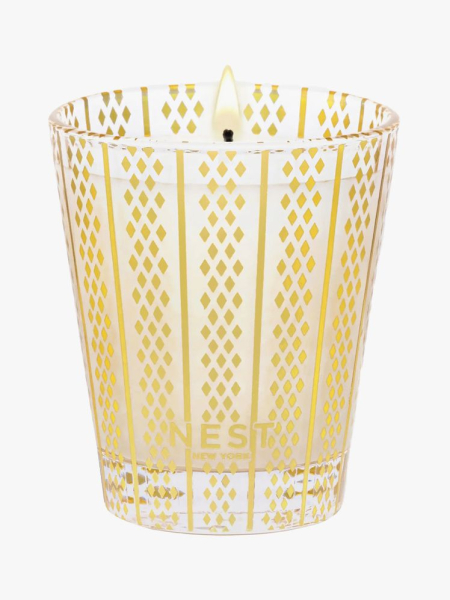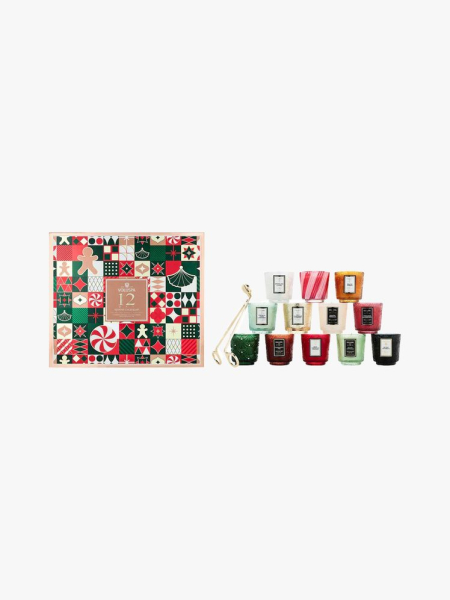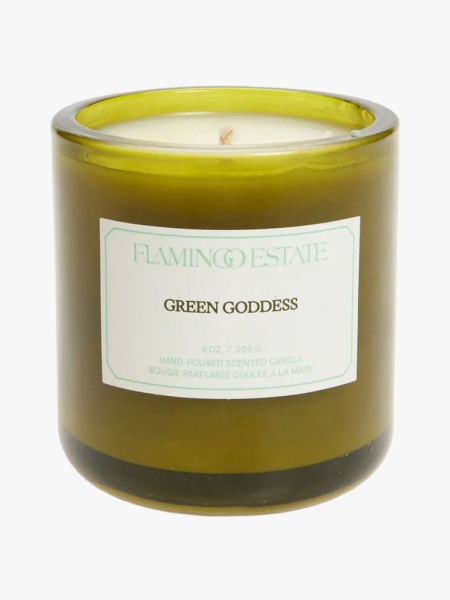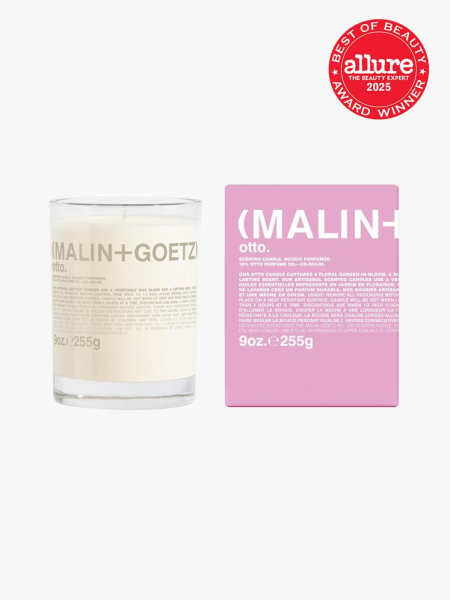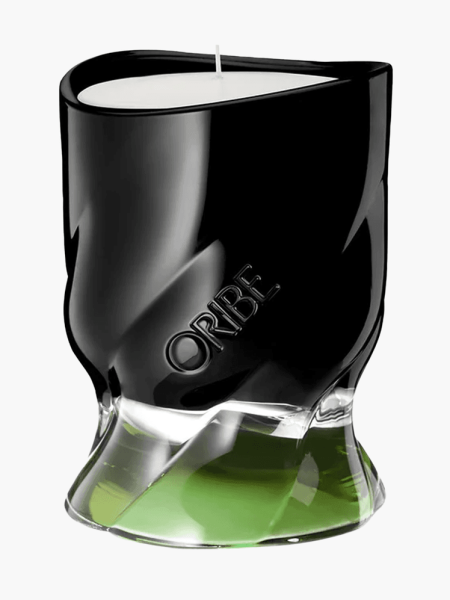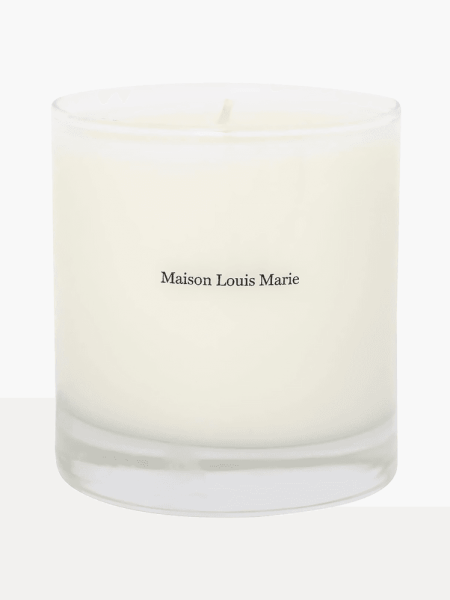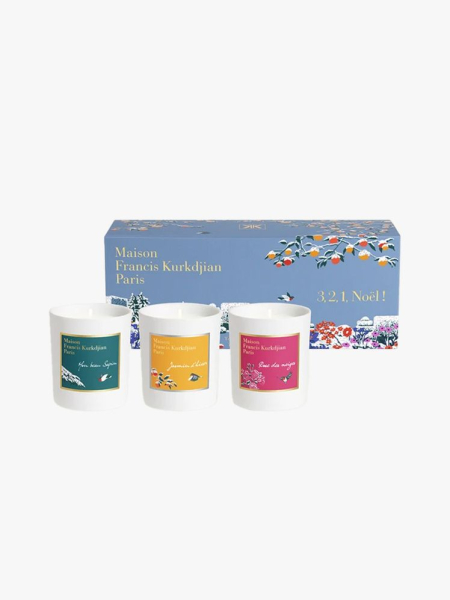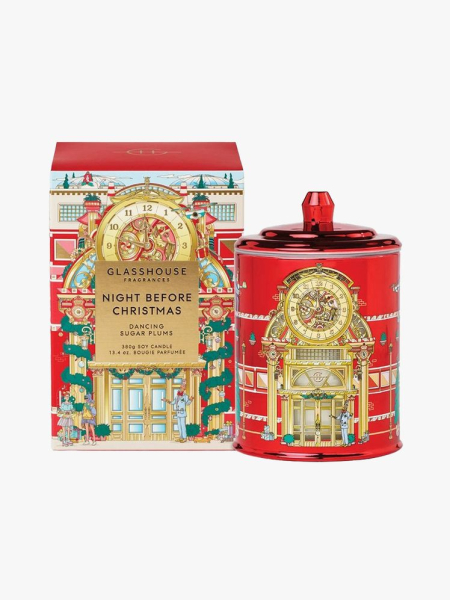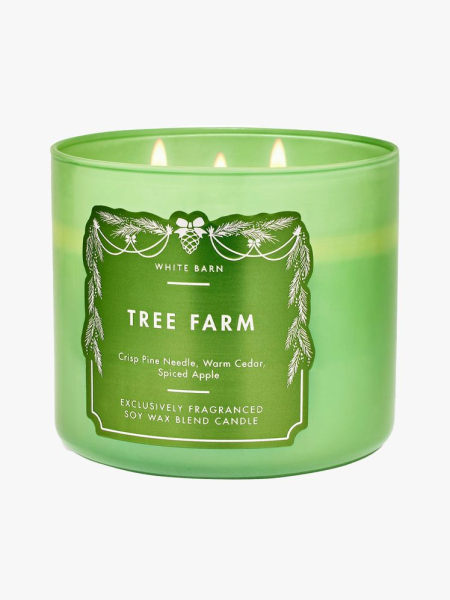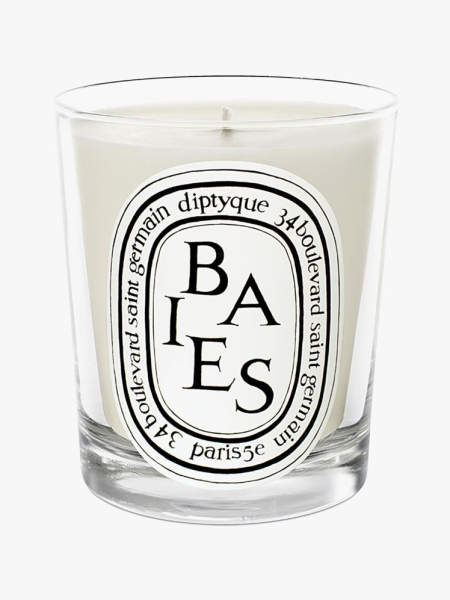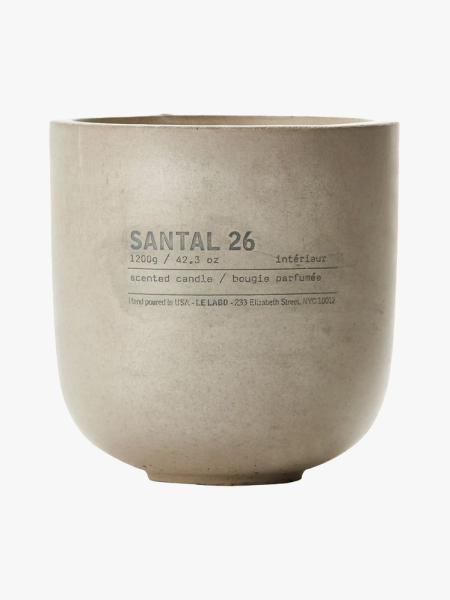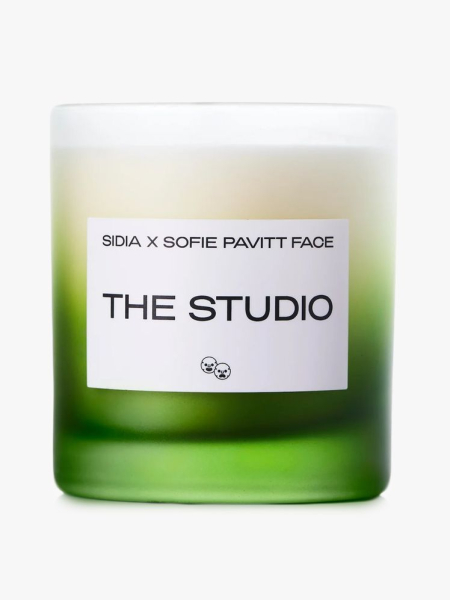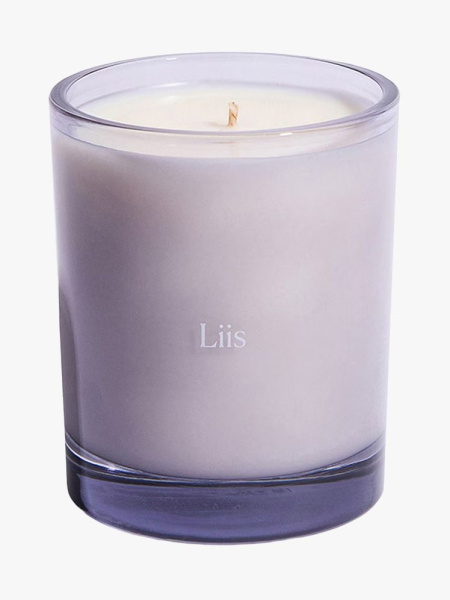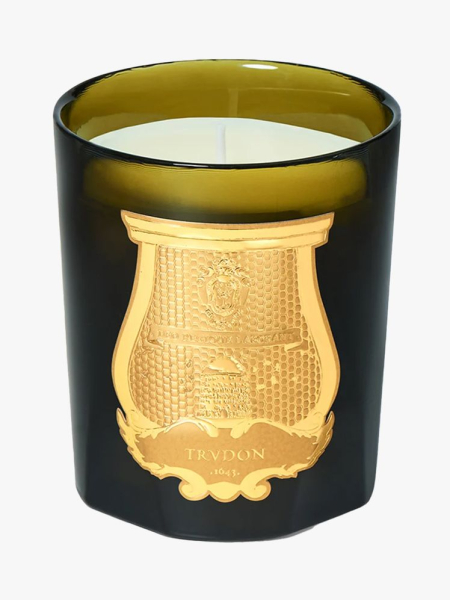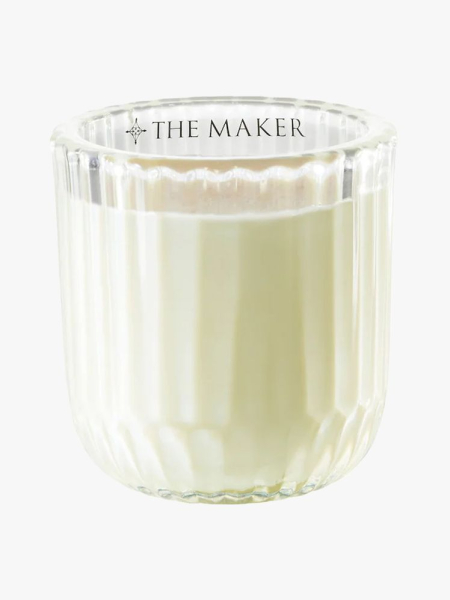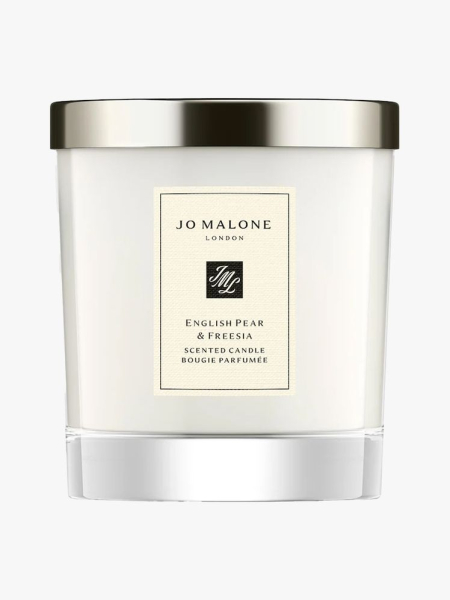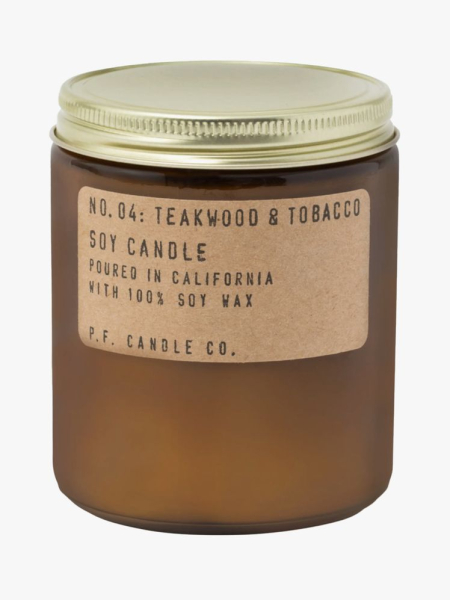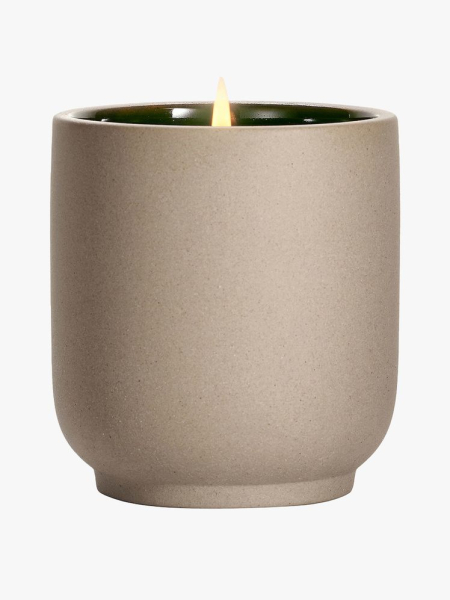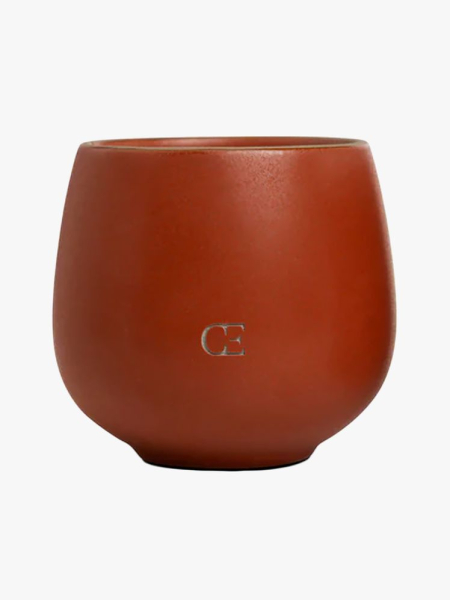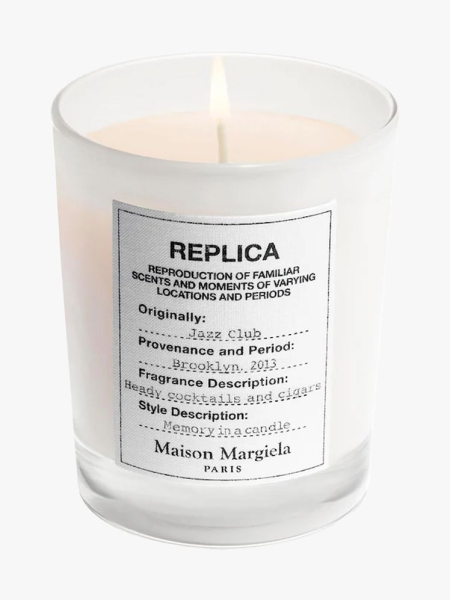Adobe StockSave StorySave this storySave StorySave this story
Doubling down on the undetectable movement in plastic surgery, breast implant manufacturer Motiva is poised to launch a new augmentation technique in the U.S. that promises a modest size enhancement without the usual scarring, discomfort, and downtime of traditional breast surgery. Called “Preservé,” the procedure debuted in Brazil followed by 28 other countries earlier this year. Its aim is to preserve the breast’s inherent anatomy and function while delivering strategically placed volume and an understated aesthetic, using a specific style of small silicone-gel implants, alongside newly designed surgical tools.
Over the summer, 36 board-certified plastic surgeons from across the U.S. visited Motiva headquarters in Costa Rica to observe and then perform the procedure under the guidance of plastic surgeon Manuel Chacón Quirós, MD, the scientific director of the Breast Tissue Preservation Program at Establishment Labs (Motiva’s parent company). And it was a big deal: “This is the first new technique requiring training in breast augmentation in… well, I went into practice in 1995, and there has never been a time [in my career] when we’ve had to take an instructional course where we’re using entirely new concepts and instrumentation,” says Steven Teitelbaum, MD, a board-certified plastic surgeon in Santa Monica. (He owns stock in Establishment Labs and helped the company develop the protocols for its U.S. clinical trial for Motiva implants.)
Now, in advance of the official U.S. launch of Preservé in early 2026, each of those 36 surgeons is doing 10 cases in their respective practices, with the purpose of promoting the procedure and collecting data for eventual publication. I talked to seven of these early adopters—as well as surgeons who aren’t involved in Motiva’s training—to find out what might make this new technique a breakthrough in the evolution of the boob job. Here are 9 things you should know:
1. Preservé is all about, yes, preserving more breast tissue than other augmentation techniques.
Tissue preservation is a concept that plastic surgeons have been discussing for decades, but it really took hold in the rhinoplasty realm a few years back before trickling down to facelifts with the emergence of the preservation-style deep plane last year. Now, the preservation conversation is all about the breasts.
Preservé is only compatible with the Motiva SmoothSilk Ergonomix (teardrop-shaped) breast implants, which the FDA approved last year, following a lengthy clinical trial that demonstrated unprecedentedly low rates of complications. (They were the first breast implants to ever win an Allure Best of Beauty Breakthrough Award.) The surface of the Motiva implant has been shown to minimize the immune response and inflammation known for triggering capsular contracture (a hardening of the scar tissue that forms around the implant) and other implant-related problems, like rupture. The Ergonomix is also made of a gel compressible enough to squeeze through the tiny incision made for this procedure.
Even prior to Preservé’s arrival, the Motiva implants had begun fueling a shift in the way some surgeons perform breast augmentation, compelling them to more frequently place implants on top of the chest muscle instead of underneath it, as has been customary for decades. (Allure reported on the resurgence of the over-the-muscle technique in 2024.) “This is the first step towards the general concept of preservation, because you’re not taking the muscle off the chest wall,” explains Daniel J. Gould, MD, PhD, a board-certified plastic surgeon in Beverly Hills.
While proponents of over-the-muscle augmentation—some of whom have been touting “breast preservation” for more than a year—avoid cutting the muscle and generally aim to minimize damage during dissection, there’s usually still an element of trauma involved. “We’re still going through ligaments… we’re still raising the fascia [off the muscle] and disturbing that layer of the breast,” says Renee Burke, MD, a board-certified plastic surgeon in South Barrington, Illinois. (The fascia is the connective tissue covering the pectoralis muscle. When surgeons position implants over the muscle, they sometimes secure them underneath this layer.)
Preservé, on the other hand, reimagines the very notion of dissection. After making a 2.5-centimeter cut in the skin of the breast fold, surgeons surrender their usual scalpels and cautery wands (which cut with electrical current) in favor of the few select tools that Motiva has engineered for the purpose of protecting the ligaments, blood vessels, and nerves of the breasts.
2. This surgery involves a smaller incision.
So about that 2.5 centimeters—that’s about 20 to 40% shorter than the 3- to 4-centimeter incision that’s typical in a breast augmentation. (For reference, 2.5 centimeters is slightly more than the diameter of a quarter.) And then there’s what typically happens after the initial cut—a surgeon doing a breast augmentation will dissect through layers of tissue to carve out a space for the implant. But even when “trying to stay in the right area and to be exact… we really have no way of knowing what we’re actually preserving and what we’re not, because we can’t always see the ligaments,” says Michael R. Schwartz, MD, a board-certified plastic surgeon in Westlake Village, California. (Dr. Schwartz is a clinical trial investigator and paid educator for Establishment Labs; he also owns stock in the company.) Ligaments can easily become collateral damage as surgeons create a pocket for the implants. In some cases, “we might be dissecting 13 centimeters across and mowing down all the ligaments to create enough space for a wide implant,” says Dr. Burke.
With Preservé, however, only one ligament is punctured, and only at the point of entry; all other tissue is spared—“we’re talking the most minimal disruption,” says Dr. Burke. Surgeons insert a narrow, blunt-tipped tool called a channel separator—“it’s designed to push the tissue out of the way,” says Dr. Burke—using it to tunnel up to the part of the breast they want the implant to occupy. They remove the rod and traverse that same tunnel with an inflatable balloon. Once surgeons see on ultrasound that the balloon is in the right spot, they dilate it. As the balloon expands, it sweeps surrounding breast tissue off to the sides, creating a pocket for the implant. (The balloon comes in different sizes, which correlate with the width of the implants.) The surgeon withdraws the balloon and then squeezes the implant in through a sterile funnel before closing the incision.
If you prefer a slightly more poetic explanation, Dr. Teitelbaum offers an analogy: “If you’re walking through a field of tall grass, you could take a machete and cut a swath for your feet as you move through or you could just put your hands up in front of you and push the leaves to the side, so they sort of wrap around your body—that’s the idea here,” he says.
Surgeons taking a wait-and-see approach to Preservé, however, don’t entirely agree with this characterization of a standard augmentation. “Nobody’s disrupting more of the breast tissue than they need to—or at least they shouldn’t be,” says Darren Smith, MD, a board-certified plastic surgeon in New York City, who has not trained on Preservé. When a conventional breast augmentation is done properly, “we’re making a pocket that’s exactly the dimensions of the implant, under direct vision, with no bleeding,” says William P. Adams, Jr., MD, a board-certified plastic surgeon in Dallas. “And that, I’d argue, is way more preserving and precise than any sort of blunt, blind dissection.” (“Blunt” refers to the lack of cutting; by “blind,” he means operating in a closed space where you can’t clearly see the anatomy. When I ask if the ultrasound makes the procedure less “blind”: “It’s better than just plain blind, but I don’t think it’s the same as looking at [the tissues] with your eyes.”) In Dr. Adams’ opinion, “there’s nothing gentle about blunt dissection—it’s tearing tissue, it’s unpredictable.” (Dr. Adams is a paid educator for breast implant manufacturers Allergan, Mentor, and Sientra. He was also an investigator on the clinical trial for the Motiva implants, but has not received training on Preservé.)
Dr. Teitelbaum contends that “Preservé is the most precise technique of all because the balloon size matches the implant and makes an exact ‘hand in glove’ pocket. It gently separates along a natural tissue plane, and inspection of the pocket with an endoscope shows it to be absolutely pristine. With no bruising and minimal discomfort, we know there isn’t tearing or trauma.”
3. Patients can get more from less.
With Preservé, surgeons’ first step is selecting an implant whose base width doesn’t breach the boundaries of what’s known as the “circummammary ligament.” Anchored atop the pectoralis muscle, this circular ligament resembles a sturdy rubberband, defining the perimeter of the breast and containing the breast tissue. “We intentionally use much narrower implants with Preservé to make sure we’re not disrupting the circummammary ligament” or the vital nerves and vessels that travel through it, says Troy Pittman, MD, a board-certified plastic surgeon practicing in Washington, DC and New York City. (Dr. Pittman is a Preservé trainer for Motiva and serves on the company’s advisory board.) Separate from the circummammary ligament, but also worthy of protection, are other ligaments that run through the breasts, providing structure and support. With Preservé, these ligaments help to buoy the implant, “keeping it right where we want it and projecting it forward as much as possible,” Dr. Gould says.
When a patient comes in for Preservé, their surgeon takes measurements, including the width of the breasts and the distance from nipple to nipple, and plugs the data into a three-dimensional imaging system, which returns a specific range of implants that will fit the person’s chest. (The largest implants allowed with Preservé are 315 ccs, but surgeons say their patients are most often choosing volumes between 150 and 265 ccs.) For each size option, there are three degrees of projection—mini, demi, and full.
During breast augmentation consultations, “the most common thing I hear is: I don’t want to go a lot bigger; I just want to add volume here [the upper part of the breasts]. And I usually have to explain that the volume starts low and fills up as you go larger. If you don’t go big enough, you can’t get that fill up top,” says Dr. Teitelbaum. But with Preservé, rather than mandatorily placing implants at the breast fold, where, like it or not, they fill the entire breast from the bottom up, surgeons can put implants right where they want them and that changes the conversation. “Instead of us telling them, ‘You need this size implant to fit your chest wall,’ they’re telling us where they want the volume—and now we can give it to them,” says Kelly Killeen, MD, a board-certified plastic surgeon in Beverly Hills and a paid consultant for Establishment Labs. Surgeons can boost just the upper breast and cleavage lines, or, in someone who lacks volume all over, they can center the implant in the middle of the breast for more diffuse fullness.
ArrowArrow
By not disturbing the breast anatomy, surgeons doing Preservé claim that they can almost leverage the tissue that collects around the implant, taking advantage of the subtle padding it provides, to better conceal the implant (so it’s less visible and palpable) and to amplify its overall effect. “I just did a patient with a 160 cc mini,” Dr. Pittman tells me. “If you hold this implant in your hand, it looks like a poached egg—it’s tiny. But when you see this patient, it looks like she has a 350 cc implant. It’s wild.” Other surgeons have confirmed this phenomenon. “It’s 100% true,” Dr. Gould says. Placed in front of the muscle with the Preservé technique, “a 100 to 200 cc Motiva implant looks like a traditional 300 to 350 cc implant under the muscle.”
Dr. Teitelbaum chalks up the appearance of added oomph to placement over tissue manipulation: “A smaller implant will look larger when you selectively place it where you want it, because a lot of the perception of size has to do with décolletage fullness.” By pinpointing the volume, you can better control the shape of the breasts and “create the illusion of more volume than you’ve actually given them,” he says.
“I call it the Academy Award breast… you can drape a little top and you don’t need a bra and there’s a hint of something showing.”
Smaller implants are also lighter, more comfortable, and less apt to stretch, strain, and deform the tissues over time. “With every study that's ever been done, the complication rate is higher with big implants than little implants, because they’re just more disruptive,” Dr. Pittman says. “They put more pressure on the gland and the chances of implants bottoming out or becoming malpositioned is higher, just because you have more weight.”
Ultimately, because Preservé imposes a size limit and leaves the breasts intact, Dr. Burke says “this technique is about the closest to a truly reversible breast augmentation you could ever ask for.” While you can, of course, remove implants at any time following any augmentation, with Preservé, your breasts could be more likely bounce back to their original, pre-surgery state (or close to it), since the tissue hasn’t been cut or distorted.
4. General anesthesia is not required.
With a traditional breast augmentation, most surgeons use general anesthesia, which puts patients fully out and requires a breathing tube. Preservé is performed using local anesthesia (numbing injections) with oral or IV sedation (typically propofol—the colonoscopy drug—along with other sleep-inducing medications, like ketamine and Versed, administered and monitored by a board-certified anesthesiologist). With these sedatives, patients are groggy or in a light sleep throughout surgery.
For patients with a fear of general anesthesia this is a significant upside, but “I don’t think the difference between general anesthesia and IV sedation has any real effect on risk,” says Dr. Teitelbaum. “When general anesthesia is done by an MD anesthesiologist, the risk is negligible, particularly compared to IV sedation.” Some argue that because the depth of IV sedation is variable, it can be just as strong as general, but without the added safety of a breathing tube. Nevertheless, “many patients will be pleased not to be going under general anesthesia,” Dr. Teitelbaum notes.
“My patients are flying back to New York within a day or two and doing yoga at one to two weeks."
The entire Preservé process takes 30 to 40 minutes, which is similar to the time it takes to do a traditional breast augmentation (for this, surgeons quoted me a range of 25 to 90 minutes, start to finish). Dr. Pittman attributes any time savings with Preservé to the difference in anesthesia. “It takes virtually no time to initiate the sedation, and when the procedure is over, the patient is awake,” he says. With general anesthesia, “we’re putting the patient asleep, intubating them, waking them up, and then extubating them,” which can extend OR time.
When using sedation, patients tend to come around quickly. “By the time I’m done [with a Preservé surgery], the patient is fully awake and can walk herself back to the recovery area,” says Ran Stark, MD, a board-certified plastic surgeon in Bryn Mawr, Pennsylvania. Likewise, in Dr. Schwartz’s OR, “patients literally sit up at the end of the procedure and they’re like, ‘Wow, that was easy,’ as opposed to having all those [general anesthesia] drugs in their system and needing to stay in the recovery room for a long time.” The next day when he sees them back, he says, “most haven’t taken any pain medication and they tell me they’re pain-free.”
5. Patients can be looking at an overall easier recovery.
If surgeons aren’t cutting breast tissue, “there’s a lot less swelling and pain, and the downtime is better because of it,” Dr. Gould says. Most people can manage any discomfort with Tylenol. Those with office jobs are usually back within a day or two (and able to drive the day after surgery). “As early as two weeks, my patients are working out and doing a lot of things that they’d have to wait six weeks for with my traditional augmentation,” adds Dr. Gould. At this point, every surgeon has slightly different recovery guidelines for Preservé . Dr. Pittman asks patients to do “basically nothing” for the first few days. “At 72 hours, I let them go back to their normal life activity,” he says. “They can do Peloton at one week and their regular exercise routine at two weeks.”
To be fair, some surgeons have long promoted—and even published on—“rapid recovery” breast augmentations, where patients can supposedly get back to most everyday activities within 24 hours. These “rapid” procedures hinge on a few key principles—picking implants that fit the anatomy, minimizing bleeding and tissue damage, avoiding narcotics post-op—yet they typically involve cutting with cautery (a tool that uses heat). “This creates a burn on the inside and that’s what [causes] pain and a slower recovery,” Dr. Gould explains. With Preservé, “there’s no burn, so there’s less pain.” Dr. Gould has used “rapid recovery” protocols, but says the Preservé recovery is even easier. “My patients are literally flying back to New York within a day or two and doing yoga at one to two weeks—I’ve never seen anything like this.” Similarly, Dr. Teitelbaum adds, “I’ve achieved 24-hour recovery without narcotics for 20 years and taught it globally, but Preservé patients are definitely a notch more comfortable.”
6. Not everyone is a candidate.
Preservé is generally for those who are having their first augmentation (not a revision), who want a modest size increase, and who have relatively symmetric breasts and enough breast tissue to cradle the implant. “They want to go up by one or maybe two cup sizes and they want to look natural, not augmented,” says Dr. Gould. Preservé is made for women “who just want a little zhuzh,” says Dr. Pittman: It’s not the operation for the person who’s a B cup and wants to be “a Miami Beach double-D.”
When Dr. Stark meets a patient who likes her breasts overall and doesn’t want to be much bigger, but wishes she had more fullness up top, where her bra or bikini tends to gape, “that’s when my alarms go off for Preservé,” he says.
Surgeons who go under the muscle in select traditional augmentation cases will continue to do so—namely when a patient is very thin and lacks the tissue needed to hide and hold the implant, or “anytime I’m suspicious about blood supply to the nipple,” says Dr. Gould, like in extreme weight loss patients who are getting a breast lift in addition to implants. (Establishment Labs says that Preservé can be done in conjunction with a lift, but not all surgeons are comfortable offering that pairing just yet.)
“Whenever there’s all this hype about something, I like to take a step back.”
“Preservé is not going to replace every technique or work for every patient,” says Dr. Teitelbaum. “To me, it will be an improved way of doing a subset of augmentations.” Other surgeons, particularly those who routinely go over the muscle, predict that Preservé will be a mainstay in their practices. “It’s going to be a great option for most of my patients, because I tend to place smaller implants anyway,” says Dr. Killeen. “A lot of women don’t want large, ostentatious augmentations—they just want restored volume after breastfeeding. And now we can offer that in a way that doesn’t dramatically increase their bra size.”
Surgeons mostly agree the demure look is in demand. “I call it the Academy Award breast, where you can drape a little top and you don’t need a bra and there’s a hint of something showing,” Dr. Schwartz says. “So many women, that’s what they want—and Preservé is designed for that patient.”
7. No surgery is without risks.
As with every breast augmentation, risks of the Preservé procedure include those related to the implants (such as capsular contracture, rupture, rippling, reoperation) and those associated with surgery itself (bleeding, infection, scarring, soreness, and the like). Dr. Pittman’s Preservé consent form notes “the possibility of open breast augmentation,” because, he says, “the patient needs to know that sometimes, for whatever reason, we can’t do it minimally invasively, and we’ll have to revert back to the old way.”
8. Beware the social media hype.
Not all surgeons are bullish on Preservé, and preach caution as its promotion ramps up. “We have to separate innovation from marketing and gimmickry,” says Dr. Adams, who thinks Preservé is “a play to sell surgeons not only an implant but a [tool] kit.”
“Whenever there’s all this hype about something, I like to take a step back,” says Dr. Smith. He has concerns about the “minimally invasive” marketing around the procedure, speculating that unscrupulous surgeons could use the promise of “awake surgery” to entice patients who aren't appropriate candidates for Preservé. Or, he wonders, could Preservé conceivably fall into the wrong hands? If it’s perceived “as a watered-down breast augmentation that’s really easy to do, then is it so easy that a gynecologist can do it? Or a nurse practitioner at a med spa? I worry that people are diluting the seriousness of this operation for the sake of promotion,” he says. According to Motiva, they only sell their implants to board-certified and board-eligible plastic surgeons, and doctors must complete an in-person course on Preservé before they can order a kit.
Dr. Adams takes issue with the “constraints” of Preservé. Certain patients may require a different size or style of implant than Preservé allows, he explains; others may need to have the position of their breast fold altered or their anatomy adjusted in other ways. With Preservé, “you’re limited in addressing those things,” Dr. Adams says, whereas with his usual method, “you have unlimited options to give patients the best result.”
9. There is no long-term data on this technique.
Establishment Labs is working on a global three-year prospective trial of Preservé, but in the meantime, when asked for data, they extrapolate Preservé risks and benefits from research done on a similar breast procedure in their portfolio called the Mia, which is popular elsewhere in the world, but not yet approved in the U.S. With Mia, the implants are “injected” with an air-powered device through an incision in the armpit versus being inserted through the breast fold with a traditional funnel. Mia also uses a newer, squishier version of the Motiva Ergonomix implant, which isn’t FDA-approved, but may be soon. Otherwise, the techniques are “pretty much identical in nature,” the company says. “They use the exact same channel separator to create a tunnel and the exact same balloon to hold space for the implant.” As Allure previously reported, there were no incidents of capsular contracture, rupture, infection, malposition (implants sliding out of place), inflammatory reactions, or hematoma (blood pooling under the skin) in the Mia trial.
Based on what Dr. Killeen has seen so far, she expects Preservé outcomes to “age well with less malposition and lower pole stretch, where the implant falls to the side and too low.” But this is very early days. “I think organically and philosophically, Preservé makes sense to do and I believe the outcomes are going to age well,” Dr. Gould says. “But we don’t have enough data to say that this technique is better than another—that it’s superior in terms of outcomes or with regards to complications.” For Dr. Teitelbaum, who’s “been in practice long enough to see patients back 20 or 25 years later,” track records matter—in breast surgery as in baseball. “It’s like when I watch somebody pitch and I can see on the radar gun how fast he’s throwing,” he says. “I like what I see, but before I sign him to a big contract, I want to see him play for a year.” With that said, stay tuned for updates to this story next year when we’ll have a better idea if this new procedure is really a home run.
 Illustration by Stina PerssonSave this storySave this story
Illustration by Stina PerssonSave this storySave this story
